Wood stove in greenhouse...
PlantShipper
10 years ago
Featured Answer
Sort by:Oldest
Comments (22)
cole_robbie
10 years agoRelated Professionals
Folsom Landscape Architects & Landscape Designers · Aurora Landscape Contractors · Bowie Landscape Contractors · Long Beach Landscape Contractors · Mastic Beach Landscape Contractors · Oklahoma City Landscape Contractors · Saint John Landscape Contractors · Thornton Landscape Contractors · Waipahu Landscape Contractors · Waltham Landscape Contractors · Woodland Landscape Contractors · Clearfield Landscape Contractors · Torrington Solar Energy Systems · Wasco Solar Energy Systems · Rosamond Solar Energy Systemsmikewhorleyjr
10 years agosteve333_gw
10 years agortyu
10 years agotrianglejohn
10 years agosquirrellypete
10 years ago715rose
10 years agoapg4
10 years agoTheMasterGardener1
10 years agohairmetal4ever
10 years agotrianglejohn
10 years agobarrie2m_(6a, central PA)
10 years agosteve333_gw
10 years agotrianglejohn
10 years agosteve333_gw
10 years agotrianglejohn
10 years agofespo
10 years agoapg4
10 years agobarrie2m_(6a, central PA)
10 years agoSmokyMountainJewel
9 years agosteve333_gw
9 years ago
Related Stories
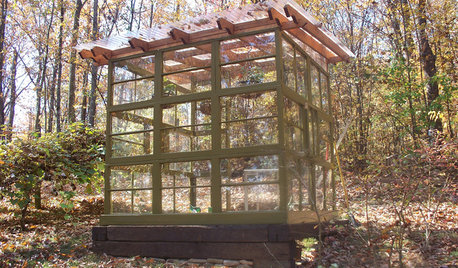
GARDENING AND LANDSCAPINGSee a Family Greenhouse Grown From Scraps
Can-do resourcefulness and less than $400 lead to a new 8- by 8-foot home for plants on a Tennessee family's property
Full Story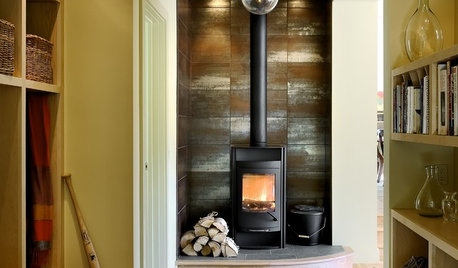
FIREPLACESHeat Your Space in Style with Today's Wood-Burning Stoves
Cleaner burning and streamlined, new wood-burning stoves warm up the room
Full Story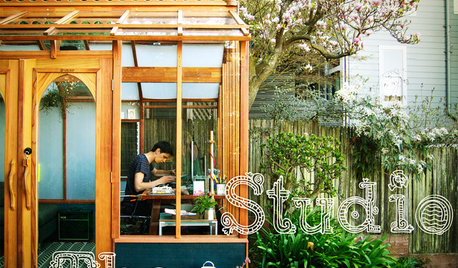
OUTBUILDINGSStudio Solution: A Kit Greenhouse Becomes a Creative Private Office
See how an inventive work-from-home designer made an office from a greenhouse, for some inspired thinking in the backyard
Full Story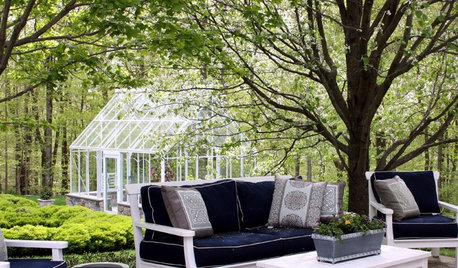
Houzz Call: Show Us Your Greenhouse
Submit a photo of your greenhouse and share what's growing!
Full Story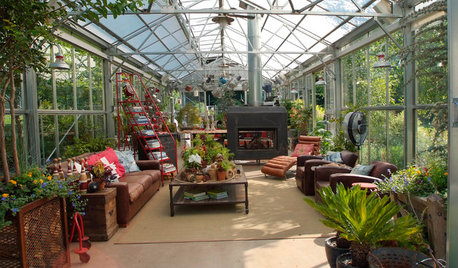
LANDSCAPE DESIGNA Luxury Greenhouse Lures Manhattanites to the Country
Industrial meets rustic in this stunning new structure for living and entertaining in rural Pennsylvania
Full Story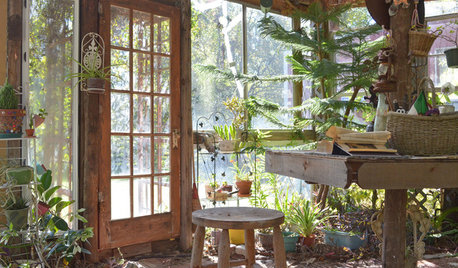
GREENHOUSESA Greenhouse Rises From Texas Tornado Wreckage
Barn damage became a blessing in disguise for a thrifty, creative couple with a hankering for more greenery
Full Story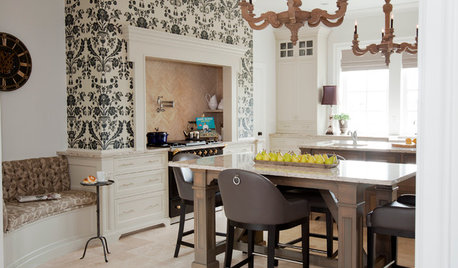
KITCHEN DESIGNKitchen of the Week: Updated French Country Style Centered on a Stove
What to do when you've got a beautiful Lacanche range? Make it the star of your kitchen renovation, for starters
Full Story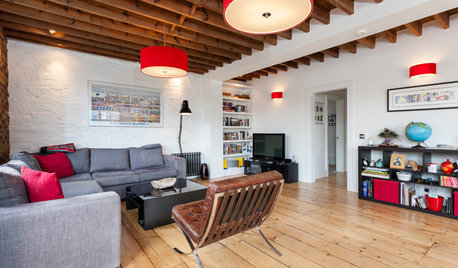
LOFTSMy Houzz: Ronnie Wood’s Old Art Studio Gets a Makeover
Check out this contemporary update of a former factory flat that survived World War II bombs and use by a member of The Rolling Stones
Full Story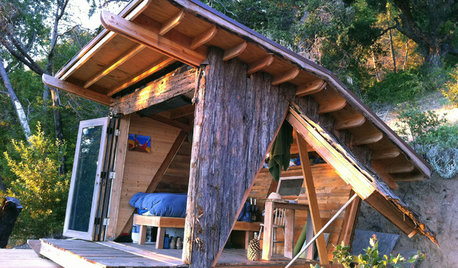
OUTBUILDINGS15 Backyard Escapes Worth Taking a Vacation Day For
These guesthouses, studios, sheds and greenhouses show that sometimes the best getaway is right outside your back door
Full Story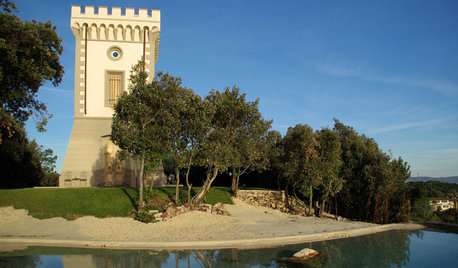
FUN HOUZZWorld of Design: 10 Unconventional Homes Packed With Personality
Life inside a former church, missile silo or greenhouse? Be it in Japan, Denmark or somewhere in between, not every home begins as a house
Full Story





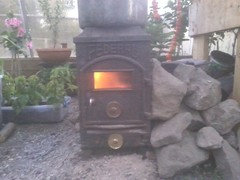
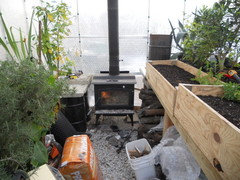

PlantShipperOriginal Author